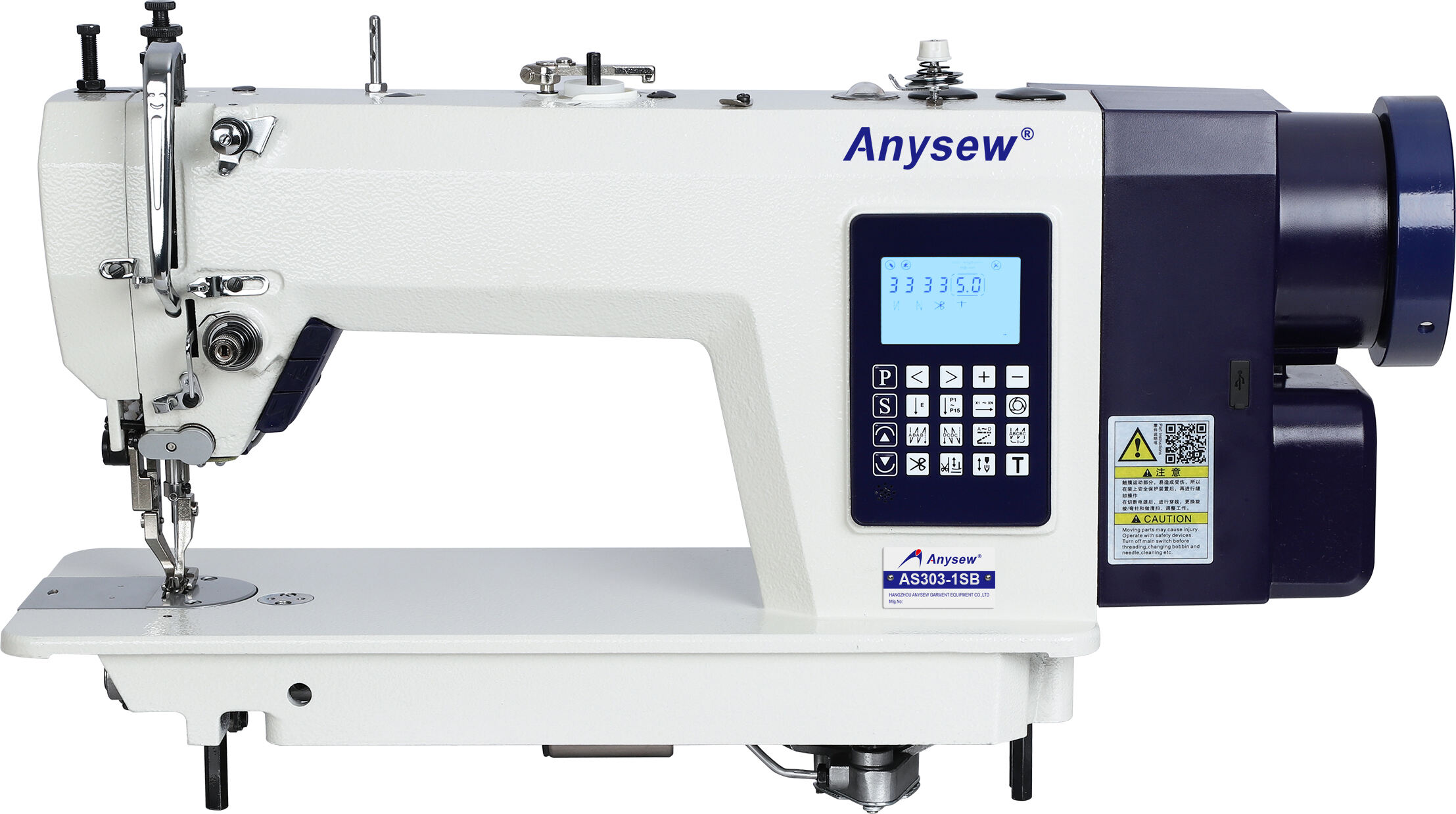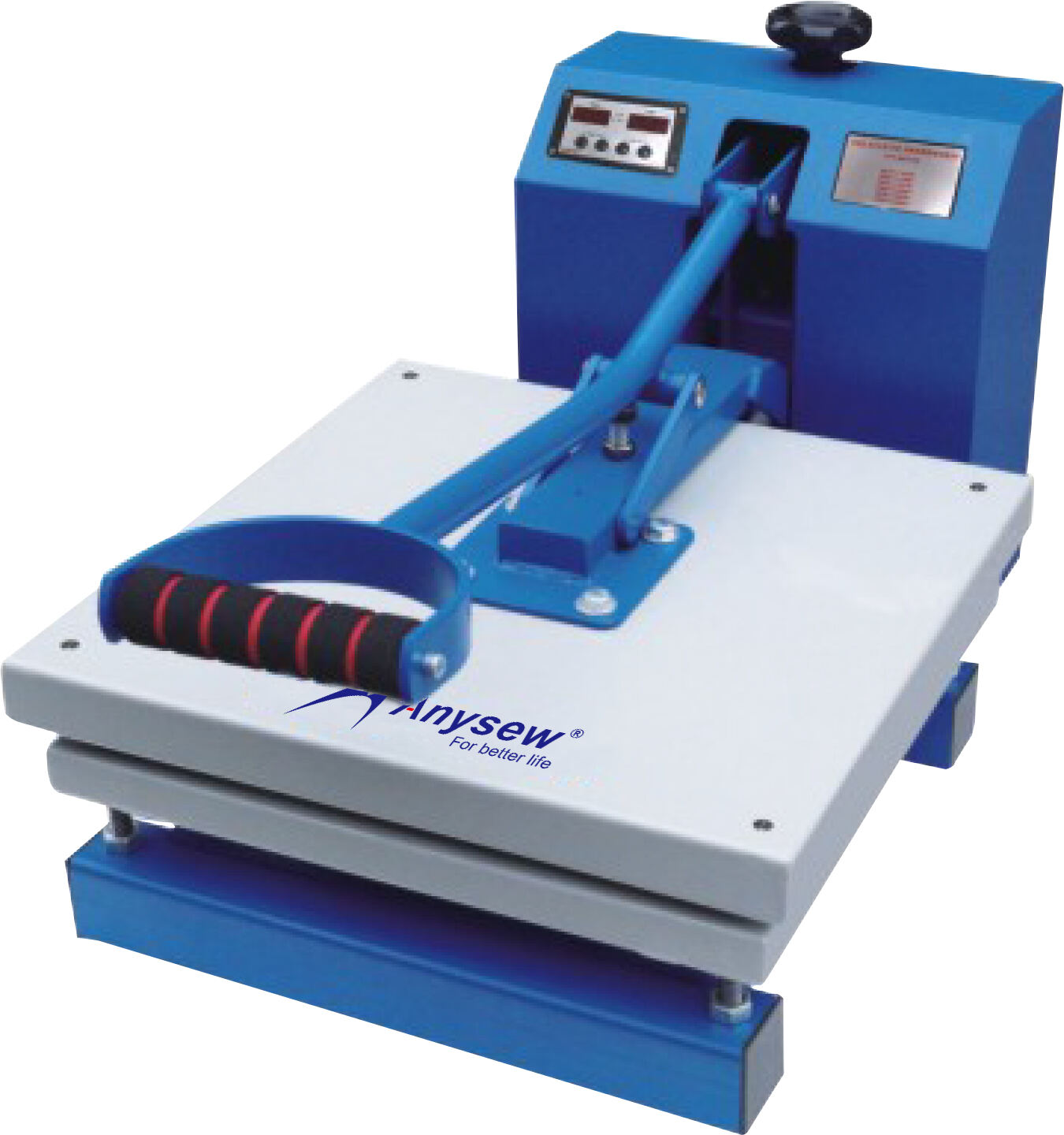cloth cutting
Cloth cutting represents a fundamental process in textile manufacturing and garment production, combining precision engineering with advanced technology to deliver accurate and efficient fabric processing. Modern cloth cutting systems incorporate sophisticated features such as automated pattern recognition, multi-layer cutting capabilities, and computer-aided design integration. These systems utilize various cutting technologies, including laser, ultrasonic, and mechanical methods, each optimized for specific fabric types and production requirements. The process begins with pattern creation and marking, followed by material spreading and precise cutting execution. Advanced systems offer features like automatic nesting optimization to maximize material usage, reducing waste and improving cost efficiency. The technology accommodates various fabric types, from delicate silks to heavy-duty industrial textiles, maintaining consistent quality across different materials. These systems also integrate quality control measures, ensuring each cut meets exact specifications while maintaining fabric integrity. The versatility of modern cloth cutting equipment allows for both mass production and customized cutting tasks, making it essential for industries ranging from fashion and upholstery to technical textiles and automotive applications.


